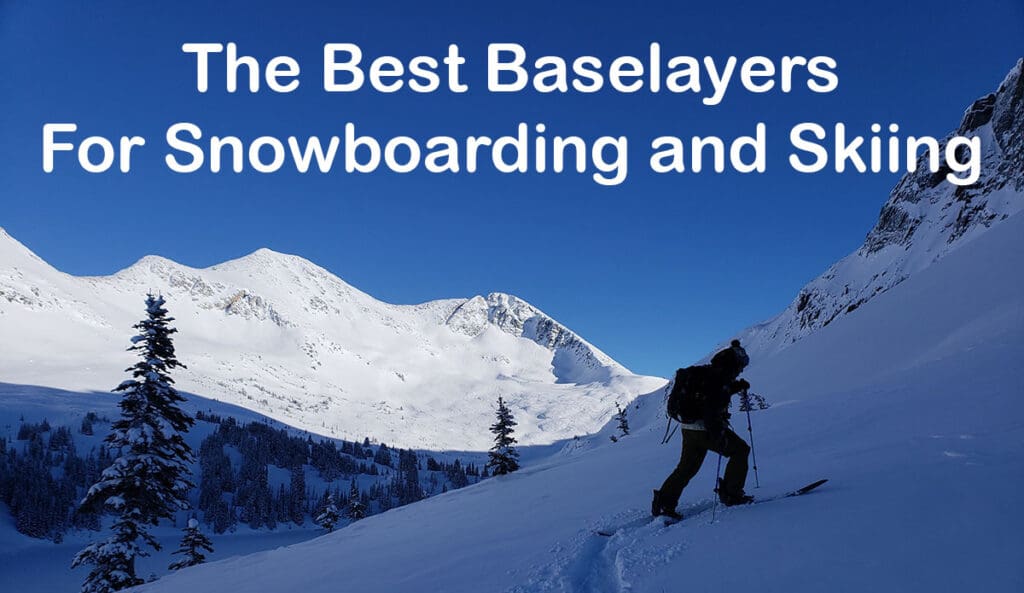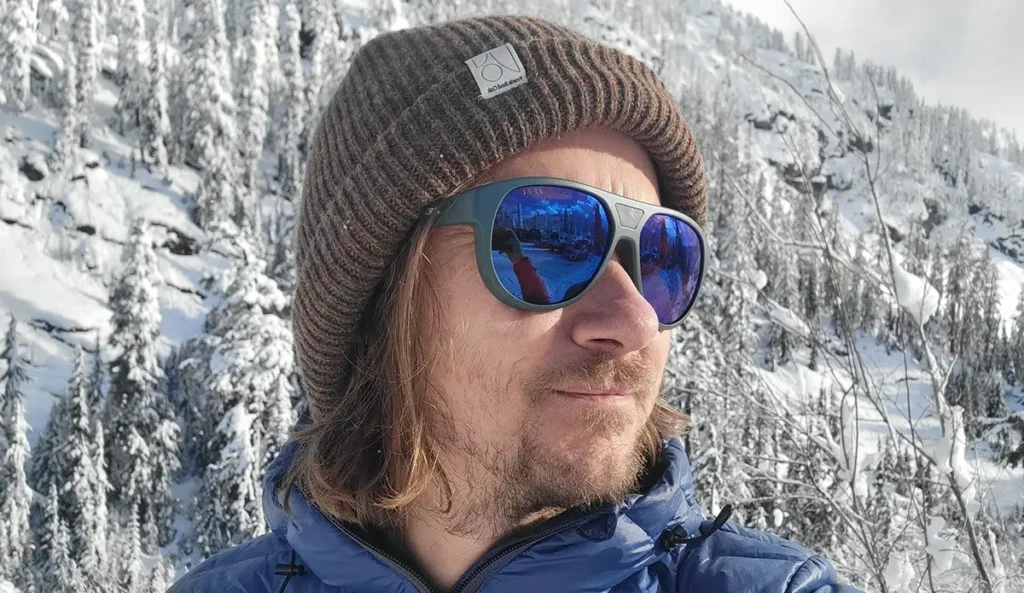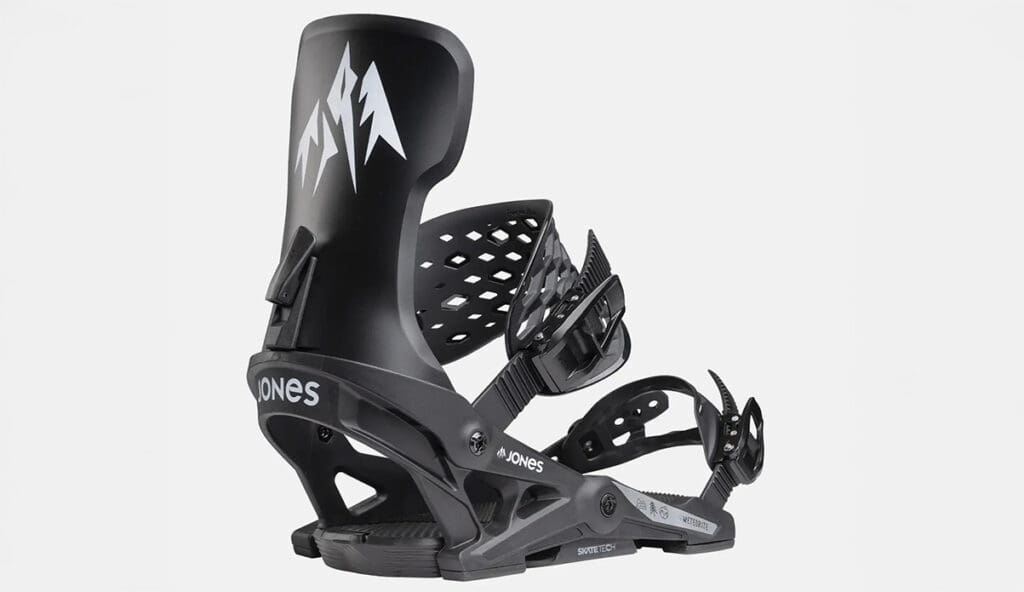This page uses affiliate links to help pay the bills. We only recommend products we’ve tested in the field and actually enjoy. Read our Gear Review Policy for more info.
A good baselayer is truly worth its weight in gold. As someone who spent many years just getting the cheap 2-pack from Costco just to have something, I finally saw the light when trying a real base layer that didn’t stick to me and leave me cold afterward. Having a good baselayer can be the difference between enjoying the harsh conditions or being beaten by them.
Here’s a list of my favorite baselayers over the years, tested from sea level to a high-elevation expedition where it stayed attached to my body for 26 days. Each one serves a different purpose, and it’s wise to get a few different weights to match the conditions. Each of them, though, will be light years ahead of any cheapo model. It’s an investment, for sure, but a worthy use of money to stay warm and dry all winter.

The Best Baselayers For Skiing And Snowboarding
Best Heavy Baselayer: Smartwool Intraknit Thermal Max
Best Active Baselayer: Icebreaker 200 Oasis
Best Natural Baselayer: Arms of Andes Half Zip
Best One-Piece Baselayer: Airblaster Ninja Suit
Best Synthetic Baselayer: Patagonia Capilene
Most Innovative: Paka Thermal Crew
Best Heavy Baselayer: Smartwool Intraknit Thermal Max
Features: Reinforcements, Quarter Zip
Materials: 97% Merino, 2% Polyamide, 1% Elastane
Best For: Cold active pursuits
Pros: Warm and comfortable, yet breathable
Cons: You need a lighter midlayer to balance it out.
Bottom Line: Excellent movement, great protection in key areas, excellent warmth for both tops and bottoms make this a big contender. The bulk doesn’t feel bulky as it’s in the high-wear areas, but if you like slim outer garments it might feel constrictive.
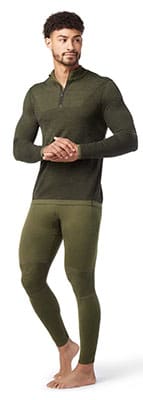
Sometimes it’s hard to differentiate base layers in a sea of merino and other fibers claiming to be the best. But Smartwool has raised the bar with their Intraknit collection by creating a 3d pattern without tons of seams looking like patchwork to reinforce the high-use areas such as elbows, knees, and hips.
Despite feeling a bit bulkier than your average under layer, the stretch in the fabric is remarkably responsive, allowing for high-performance movement for all the spins, stomps, and spills that come with a day of shredding hard.
And while it performed well even in -10º C temperatures, I never felt overheated, even on long tours. They really seem to have cracked some type of code here for the perfect balance of warmth, stretch, and protection. Innovations in base layers don’t come every day but Smartwool’s Intraknit fabric is one to write home (or in a blog post) about.
Best Active Baselayer: Icebreaker 200 Oasis
Features: Thin yet warm
Materials: 100% Merino
Best For: Go-getters who are moving more often than not
Pros: All Merino, Well Made
Cons: Might be too cool for some instances
Bottom Line: Icebreaker is and has been one of the top base layer brands for a while for a reason. The stuff is made well, holds up over time, and is comfortable. There’s not much that is bad to say about it, really.
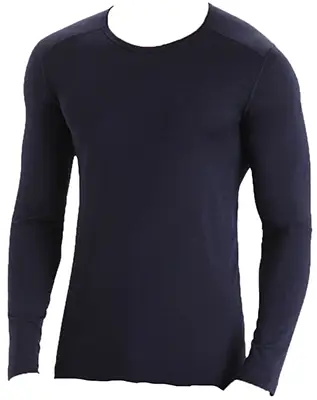
Icebreaker’s 200 Oasis is everything you’d expect in a good thermal base layer. It is comfortable, breathable, and kept me warm in both active conditions and sitting still. It’s also remarkably thin for it’s warmth, which is a testament to good quality Merino wool. But on top of the materials, it’s the craftsmanship that stands out, and this has stood the test of time. Over 100 days wearing it, from cold storm days to spring hikes, and it’s still going strong.
Merino really does live up to the hype, and so does Icebreaker. Sure it’s gotten bigger but as far as I’ve seen, the quality hasn’t suffered. That just means better quality control and new product innovation. For a standard baselayer to keep you warm and dry while skiing and riding, this one hits all the right notes.
Best Natural Baselayer: Arms of Andes Half Zip
Weight: 14 oz
Features: Front zip
Materials: 100% Alpaca Wool
Best For: People prioritizing sustainability and warmth
Pros: Soft wool, very little lint
Cons: On the bulky side, limited retail store options
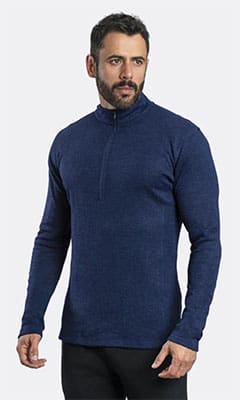
Alpaca wool has been around forever, but only recently has it hit the mass-market consumer circuit in the west. But what hilltop villages in South America have known for centuries is now becoming more mainstream due to Alpaca wool’s outstanding properties. Merino has been the leader for quite some time, but companies pushing Alpaca are trying to give it a run for its money.
Arms of Andes is one of the leaders for manufacturing alpaca wool baselayers. I really enjoy wearing their half zip top and pants. They are warm, soft, and comfortable, with the smallest amount of stretch to allow for good movement without letting any air in. The softness is definitely a step above Merino, which can tend to get itchy, especially on the chest (at least for this reviewer).
There isn’t much in the negative side for Alpaca wool, only that perhaps you’ll find it a bit bulkier than Merino, and in some cases, a little too warm when really pushing yourself hard. But for cold weather, or lower activity that isn’t high-endurance mountaineering, the softness and warmth of Alpaca wool, as well as its low environmental footprint, makes it worth checking out.
Best One-Piece Baselayer: Airblaster Ninja Suit
Weight: 14 oz
Features: Butt zip and drawstrings
Materials: Varies. I tested the Merino version.
Best For: People prioritizing sustainability and warmth
Pros: Great visibility in both sun and cloud, good year-round style
Cons: Removable pieces can easily get lost
Bottom Line: Although very few people will actually see you in this, those who do will admire it. But those who don’t will admire how comfortable you are all day as it’s the perfect onesie for getting rowdy in.
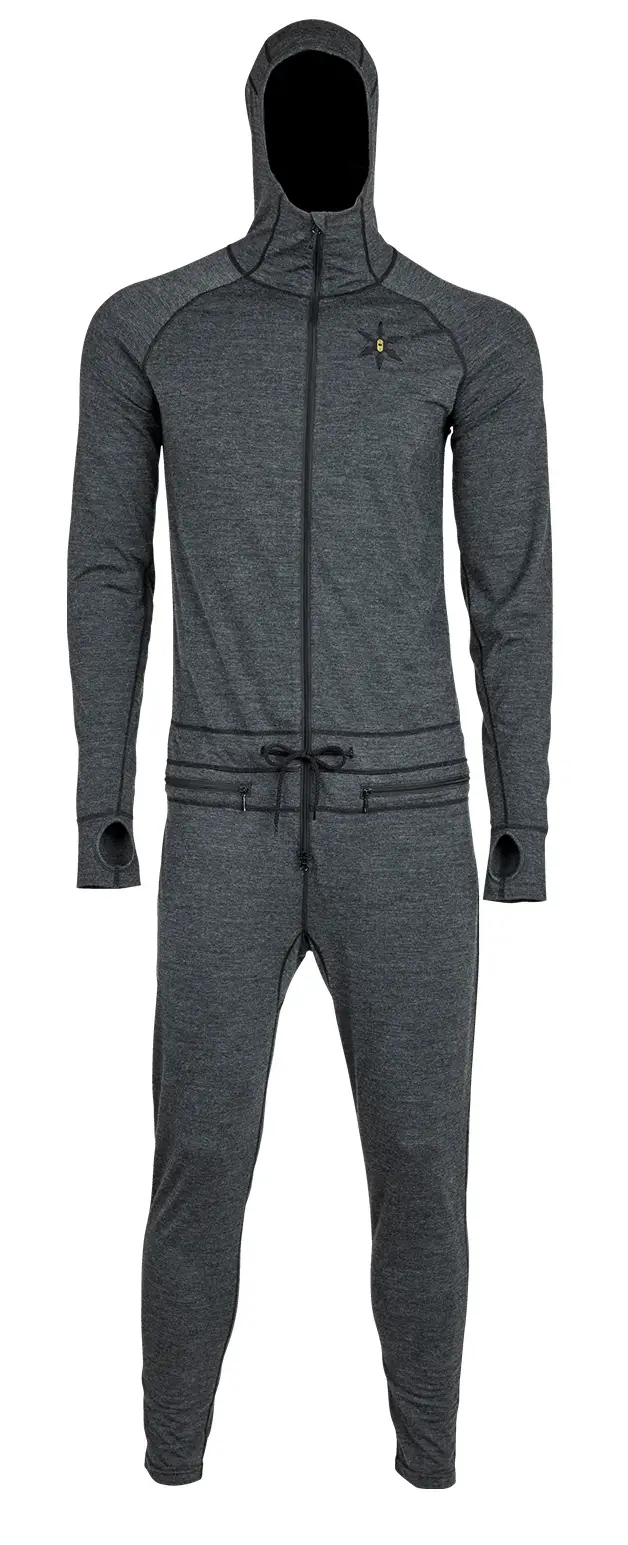
Of all the different products tested for winter gear, Airblaster’s Ninja Suit ranks high in terms of utility, warmth, and sheer cool factor. OF course, it’s not exactly cool in the fashion sense, being that very few people will actually see you wearing it (at least in its full entirety). It’s also not exactly cool in the warmth sense, being that it’s meant to keep you warm. Dad jokes aside, the Merino version actually does a great job in the temperature regulation department.
It’s all the little things that make the Ninja Suit stand out as a must-have. The full-width butt zipper for easy evacuation is a welcome feature, as is the drawstring in front to keep everything tidy. Thumb holes help the sleeves from bunching up, and the hood keeps your head warm even if that’s all you’re wearing.
Now that it’s been out a few years and is popular as ever, the Ninja Suit offers a few different options in both materials and styles. They even have a kids version for the little rippers to stay warm as well. But there will be something that speaks to you, no doubt. And you might want to get a few pairs because you will want to have one while the other is in the wash… I made the mistake of only having one and prolonging the wash interval because i didn’t want to not have it available. Pee-you!
Best Synthetic Baselayer: Patagonia Capilene
Weight: 6 oz
Features: HEIQ odor protecor
Materials: Recycled Polyester
Best For: Ultralight fans who don’t overheat
Pros: Lightweight
Cons: Not as breathable as Merino/Alpaca. Microplastics.
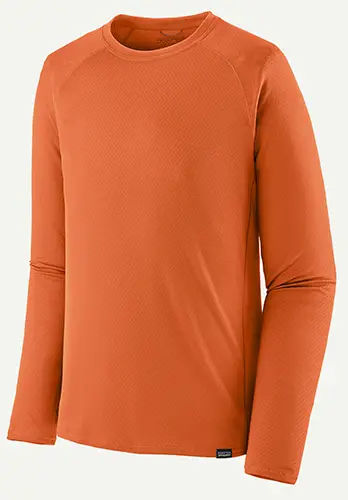
Synthetic is a broad term, but for the most part, we’re talking polyester here. And polyester is just a fancy word for plastic fibers woven together to make all kinds of textile materials. Especially when talking the outdoor industry, it’s pretty much out there ubiquitous these days.
Patagonia’s brand has become synonymous with environmental responsibility. They have led the industry for decades with innovations in textile manufacturing, and continue to do so. With their Capilene series, the brand expands on their environmental responsibility to offer baselayers that are fair trade certified, and whose polyester is 100% recycled, both good things for our planet.
I’m not a huge fan of synthetic base layers due to the breathability factor. But Patagonia did in fact use some innovations to make it a bit better. Polyester has a reputation for trapping in sweat, and while the capilene series is no different, it does have the Heiq antimicrobial treatment to keep the smell at bay.
The upside to polyester is how lightweight it is. Indeed, it barely feels like there’s anything there, coming in at only 6 oz. So for ultralight purists, this is a good option. Still, polyester is polyester, but if you choose to go the synthetic route, you might as well do as little environmental impact as possible.
Most Innovative: Paka Thermal Crew
Weight: 14 oz
Features: Pretty standard crew neck cut with thumb holes
Materials: 40% Alpaca, 40% Merino, 20% Tencel (wood fiber)
Best For: Moderate to lower activity
Pros: Fast warmup time, environmentally responsible materials
Cons: Expensive, Limited in-store options
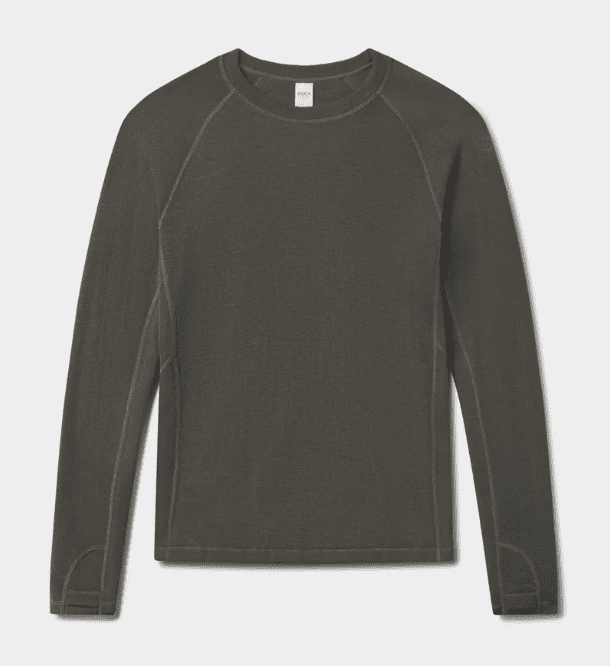
We’ve already stated that Alpaca wool is a good thing, but it’s worth stating again. It really is warmer, ounce-for-ounce, than anything else and probably one of the most sustainable fibers on Earth. Paka is a brand with a bunch of US money behind it but from everything we have seen from them, they are one of the good ones out there.
The blend of alpaca wool, merino, and a fiber called Tencel which uses wood pulp primarily from eucalyptus trees, you can tell they care about sustainability. Their supply chain is a bit more complicated though which can always muddy the waters for vetting the claims though, so more research would be needed to verify before doing their PR work for them. But it’s a comfortable pair of long underwear, no doubt.
I found this to get pretty warm when hiking, so this is the type of base layer that does well in a resort setting where you might be idle for a few minutes (or longer) at a time. It’s breathable though, even when warm, but you will definitely get a sweat on if exerting yourself for a long time in these or if the temperature outside is above freezing.
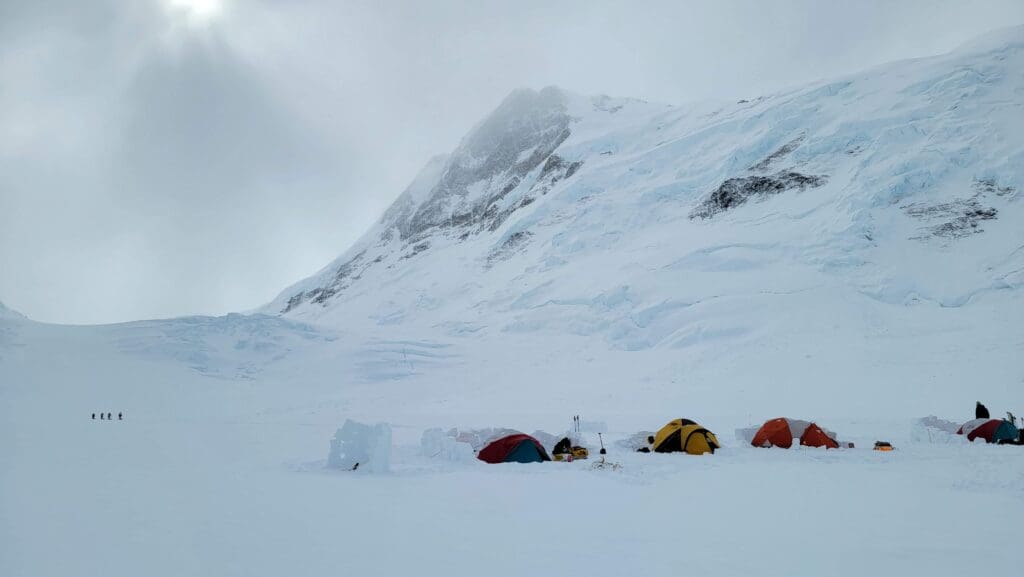
Testing Base Layers For This Review
Testing out a good baselayer isn’t exactly rocket science, but there is still some rudimentary science. I set out to replicate the same conditions for each garment, trying to ensure that there is little variation other than the different baselayers underneath.
This happened by getting into the mountains after a fresh dump of snow, both in the resort at Whistler Blackcomb and in the surrounding backcountry. The conditions for the week varied between -5º and -10ºC, which is probably the ideal range for comfort as well as good snow.
Both are important, because in a resort, you are sitting in a chair for 10-15 minutes at a time, waiting for the next run. This can be chilly without the right gear. The backcountry is a different story, as skinning up can be quite the workout. As such, you need something that can regulate the heat well and not trap it in.
Each day I tried to replicate the same runs – top to bottom laps in Whistler which involves over a mile of vert, and a trip up Sky Pilot mountain off the Sea to Sky Gondola. Doing it all in the same week allowed for notes to be fairly similar on conditions, which made the results fairly straightforward.
I also had a trip to Mount Logan, filming a documentary for National Geographic for 26 days at high altitude. The -40 temps were enough to know what is needed in a good baselayer. However, there wasn’t much testing beyond the binary yes/no, and I couldn’t pack too many garments along to make it objective.
Testing Criteria
The main components for testing entailed:
- Comfort/Fit: How the base layer felt on the body
- Warmth: Did it keep the body warm? Was it too warm? How smooth was the fabric?
- Breathability: How did the base layer feel when the body was working in high gear?
- Mobility: How easy was it to move? This includes both skinning up and riding (hard) down.
- Craftsmanship: Did any seams feel out of place? Were there any loose threads?
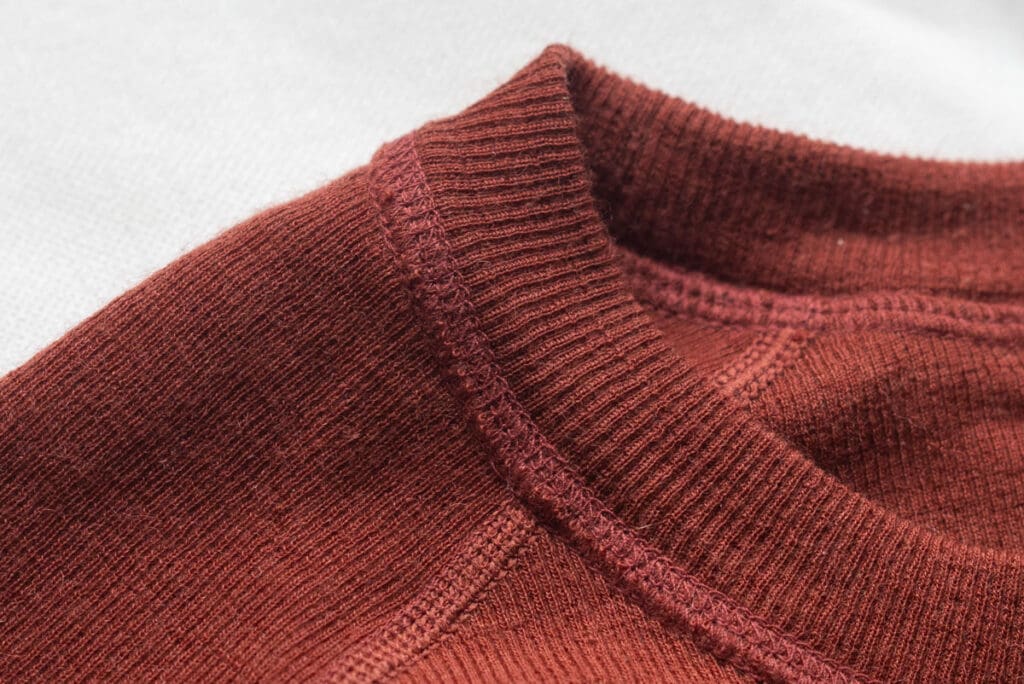
How To Choose The Best Base Layer for Snowboarding or Skiing For You
Picking the right base layer isn’t just about grabbing the first Merino wool shirt you see (though that’s a solid start). There are a few key factors to consider to ensure you’re warm, comfortable, and dry—whether you’re lapping the resort or earning your turns in the backcountry. Here’s what to look for:
Material
The fabric you choose will determine how well your base layer performs in different conditions. Here are the main contenders:
- Merino Wool – Naturally breathable, moisture-wicking, and odor-resistant. It’s great for both high-output activities and cold chairlift rides. If you want a premium Merino option, Icebreaker 200 Oasis is a classic, and Smartwool Intraknit Thermal Max takes it up a notch with strategic reinforcements.
- Alpaca Wool – Less common but ultra-soft, warm, and sustainable. It has better warmth-to-weight than Merino, but it’s a bit bulkier. Arms of Andes Half Zip is a great example if you want something unique.
- Synthetic (Polyester/Blends) – Quick-drying, lightweight, and durable. These often have added tech for moisture control, like Patagonia Capilene Midweight, which uses HEIQ odor protection to combat stink. The tradeoff? Less breathability than wool, and it tends to hold onto sweat longer.
- Blends (Wool + Synthetic) – Some brands mix Merino with a touch of elastane or nylon for extra stretch and durability. If you want something with reinforced movement, Smartwool Intraknit is a great pick.
Weight & Warmth
Base layers come in different weights depending on how much insulation you need:
- Lightweight (150-200gsm) – Best for high-output activities like ski touring. These wick sweat fast but don’t add much warmth. The Icebreaker 200 Oasis is a solid example.
- Midweight (200-300gsm) – The most versatile choice for all-around resort and backcountry use. If you want warmth without bulk, Smartwool Intraknit hits a sweet spot.
- Heavyweight (300gsm and above) – For the coldest days when staying warm is the top priority. The Arms of Andes Alpaca Half Zip is an excellent choice if you want max warmth.
Fit & Mobility
A good base layer should fit snugly but not restrict movement. Here are some examples of a good fit:
- Stretch Panels & Articulation – Some base layers, like Smartwool Intraknit, have targeted reinforcements in high-movement areas.
- Seam Placement – Flatlock seams reduce chafing, which is crucial when layering under a jacket.
- One-Piece Options – If you want the ultimate in warmth and convenience (plus ninja vibes), the Airblaster Ninja Suit offers full-body coverage with a well-placed zipper for easy bathroom breaks.
Durability & Stitching
Since base layers take a beating, good construction makes a difference. You want to see:
- Flatlock Stitching – Prevents irritation and is essential for comfort.
- Reinforced Zones – Areas like elbows, knees, and shoulders tend to wear out first. The Smartwool Intraknit has extra durability in these spots.
- Odor Resistance – If you’re wearing the same layer for multiple days (hello, backcountry trips), wool naturally resists smells, while synthetics like Patagonia Capilene use antimicrobial treatments.
Moisture Management & Breathability
Sweating is inevitable, but staying wet will ruin your day. A good base layer should wick sweat away from your skin and dry quickly.
- Merino & Alpaca Wool – Naturally regulates temperature and keeps you dry even when damp.
- Synthetic Blends – Polyester dries the fastest but can feel clammy (and begin to stink really fast) if it doesn’t breathe well. Patagonia’s Capilene has improved breathability over older synthetic layers. But nobody has cracked the code compared to natural fibers. Plastic ain’t porous, no matter what you call it.
Extra Features
- Thumb Loops – Keeps sleeves from bunching up when layering. Found in some Icebreaker and Smartwool models, as well as the Ninja Suit.
- Zippered Necks – Great for ventilation. The Smartwool Intraknit Thermal Max and Arms of Andes Half Zip offer this feature.
- Hoods – Provide extra warmth and can replace a balaclava. The Airblaster Ninja Suit has one built-in.
A good base layer is the foundation of your layering system, and picking the right one can make or break your day on the mountain. Whether you go for a premium Merino layer like Icebreaker, an eco-friendly Alpaca option, or an ultralight synthetic like Patagonia Capilene, make sure it fits well, wicks sweat, and keeps you comfortable in all conditions.
